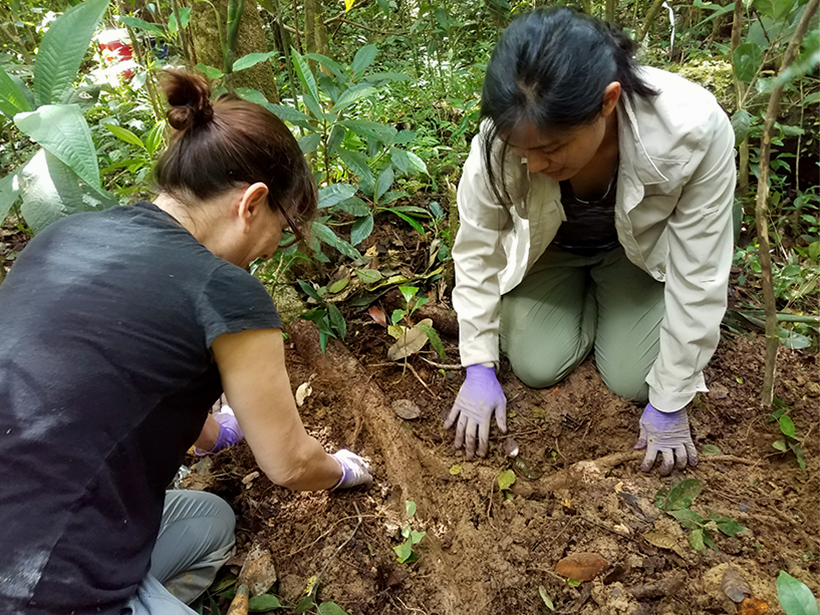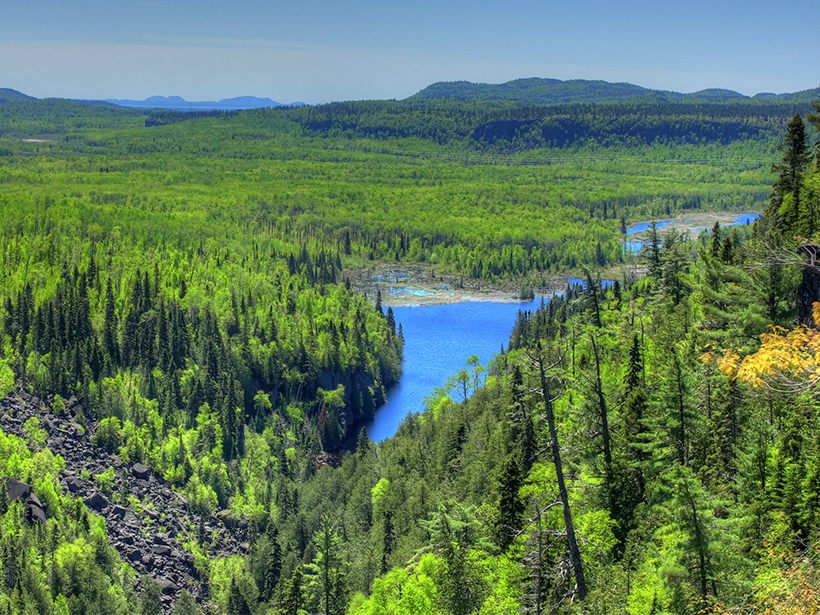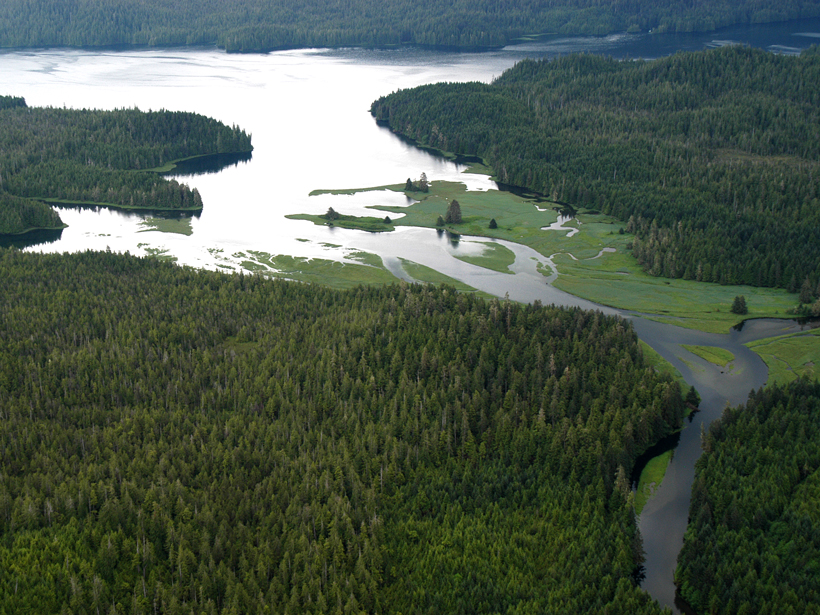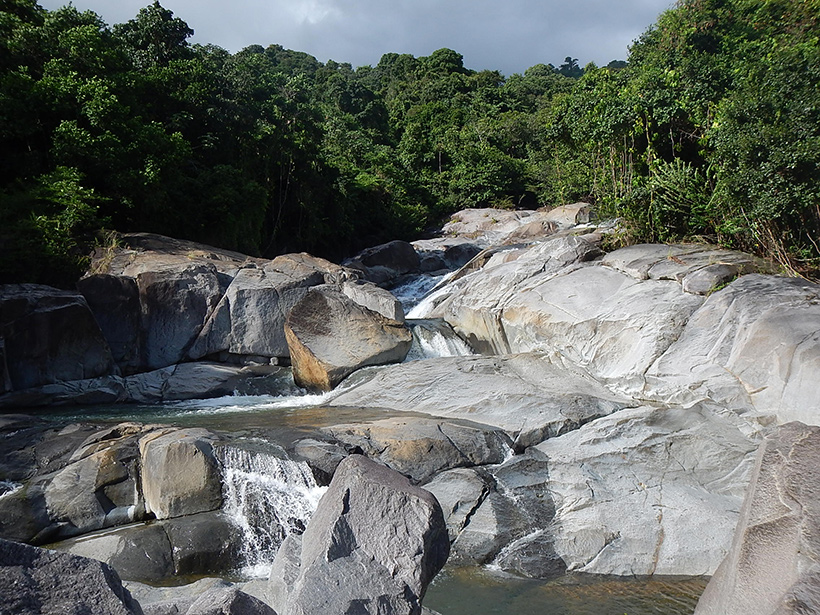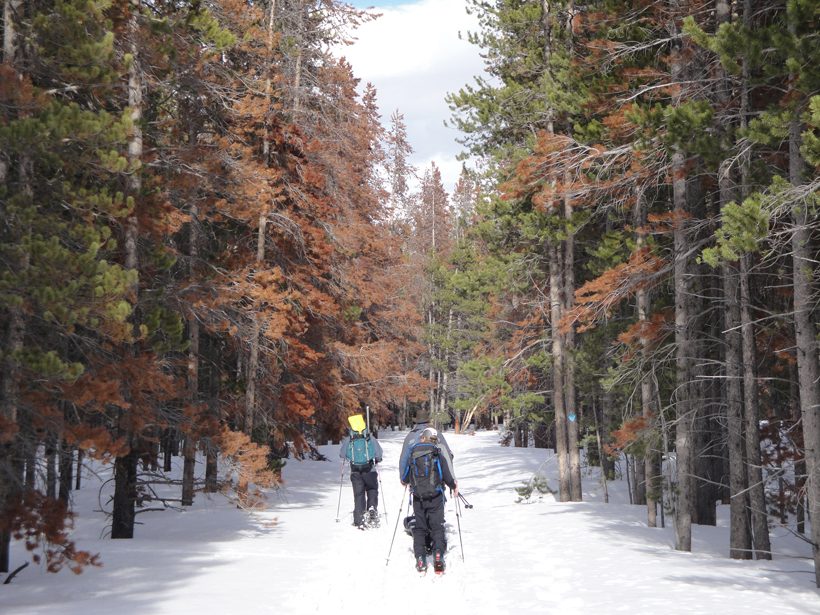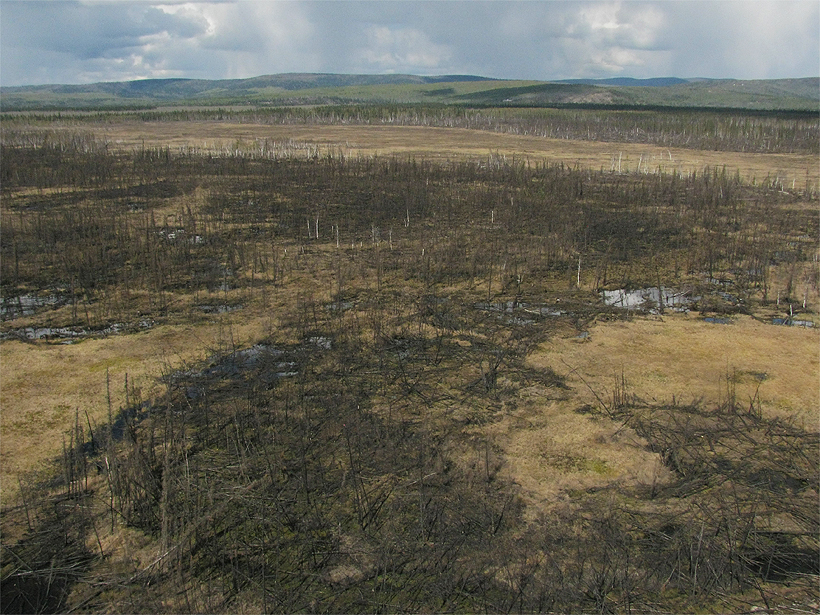The Department of Energy shutters a project aimed at improving climate models less than halfway through the expected decade-long run.
forests
How the Micrometeorology of Alpine Forests Affects Snowmelt
A field study in the Swiss Alps showed considerable spatial and temporal variability in forest air and surface temperatures, with implications for snowmelt models.
The Future Hangs in the (Carbon) Balance
A new study suggests that Canada’s boreal forests could absorb more carbon than they release as climate change progresses.
Quantifying Coastal Rain Forest Carbon Transport
Aquatic Carbon Biogeochemistry of the Pacific Coastal Temperate Rainforest Region Workshop; Seattle, Washington, 7–10 February 2017
Can Tree Planting Really Help Mitigate Climate Change?
It depends on where, when, and how.
How Do Tropical Forests Slow Knickpoints in Rivers?
Using Puerto Rico's Luquillo Mountains as a case study, scientists use the region's geological history to study how knickpoints—areas where there's a sharp change in the river's slope—move over time.
Bark Beetles Cause Big Tree Die-Offs, but Streams Flow Steadily
Recent beetle epidemics have driven tree die-offs across North America, and previous studies predicted an increase in annual streamflow would follow—but a new study shows this may not be the case.
Modeling the Future of Dissolved Organic Carbon in Boreal Forests
Climate change and forest harvesting will increase the concentration and flow of dissolved organic carbon in boreal streams.
Alaskan Wildfires Influence Permafrost Recovery
Warming climate reduces permafrost's ability to recover following wildfires in Alaskan lowland forest.
Woody Vines Limit How Much Carbon Tropical Forests Sequester
Vines called lianas, which store less carbon than trees, are winning the competition for sunlight and water.

